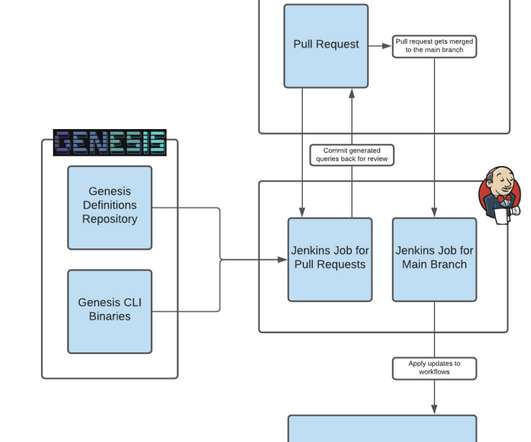World’s first and only fully automatic observability for Golang services now extended to statically linked Go applications
Dynatrace
OCTOBER 15, 2020
It accepted requests from a Java-based load generator on port 8888 and forwarded the requests to the default port, 8086 , of a locally running InfluxDB instance that was installed via the apt-get package manager. From http.Transport documentation : By default, Transport caches connections for future reuse. So stay tuned!













Let's personalize your content